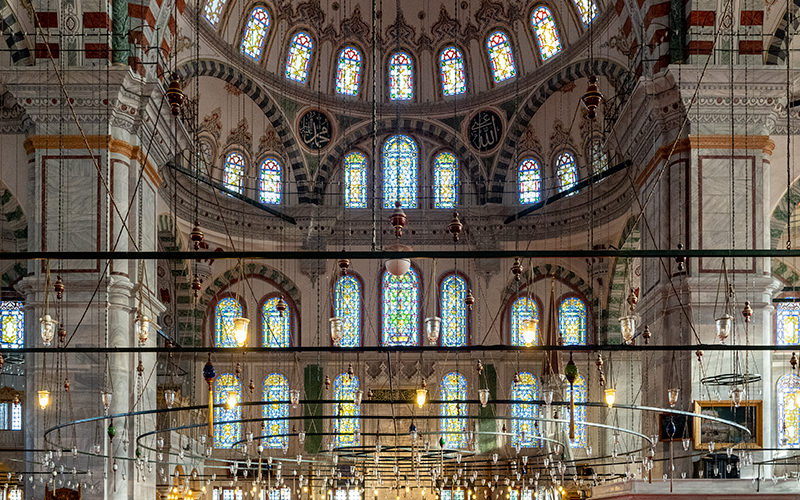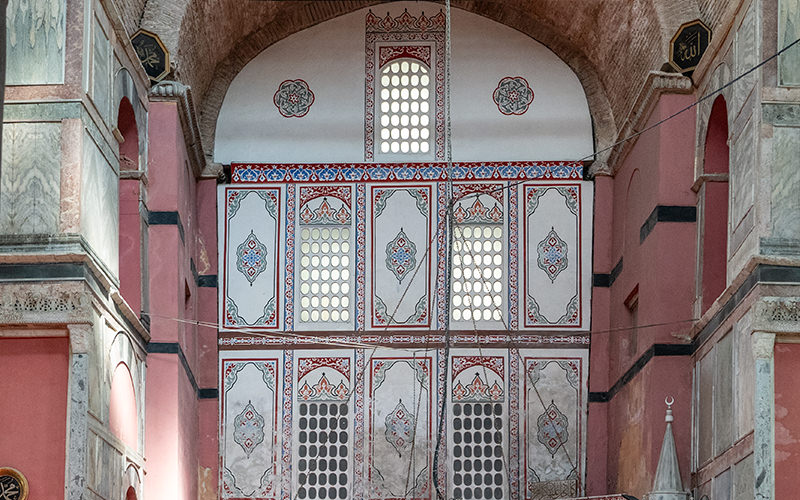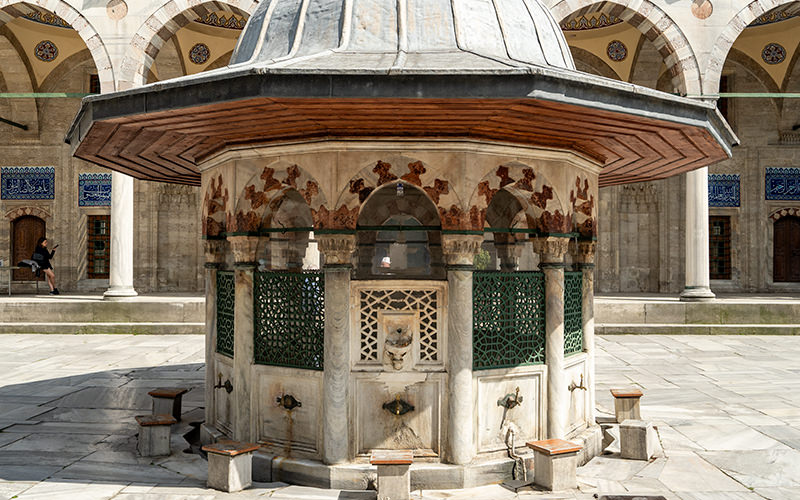Hi! Once again we embark on a journey to Istanbul to explore the remarkable architectural monuments of this ancient city. Last time, I shared the history of the renowned Suleymaniye Mosque, located in the central part of the metropolis. Today, we will take a look at the mausoleums situated within the complex.
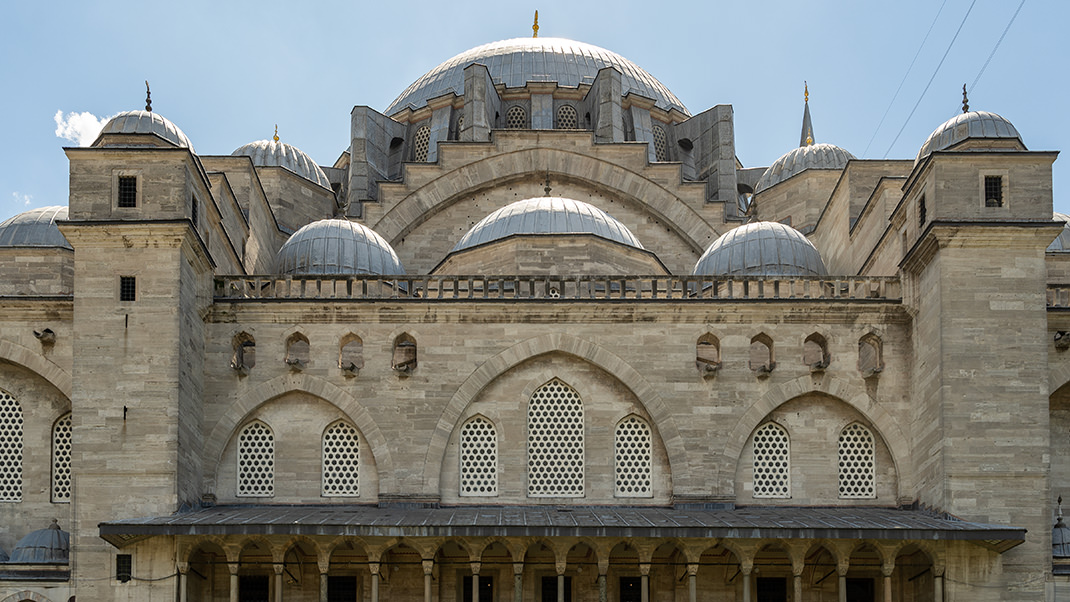
Mausoleums of Suleiman the Magnificent and Roxelana
In the first part of my story, I mentioned that this place gained its popularity, in part, thanks to the Turkish TV series 'Magnificent Century.' The burials of its characters, Sultan Suleiman the Magnificent and his wife Hurrem (also known as Roxelana), are located within the complex of the mosque. The tombs are two small buildings with sarcophagi inside, and each structure houses not just one, but several burials.
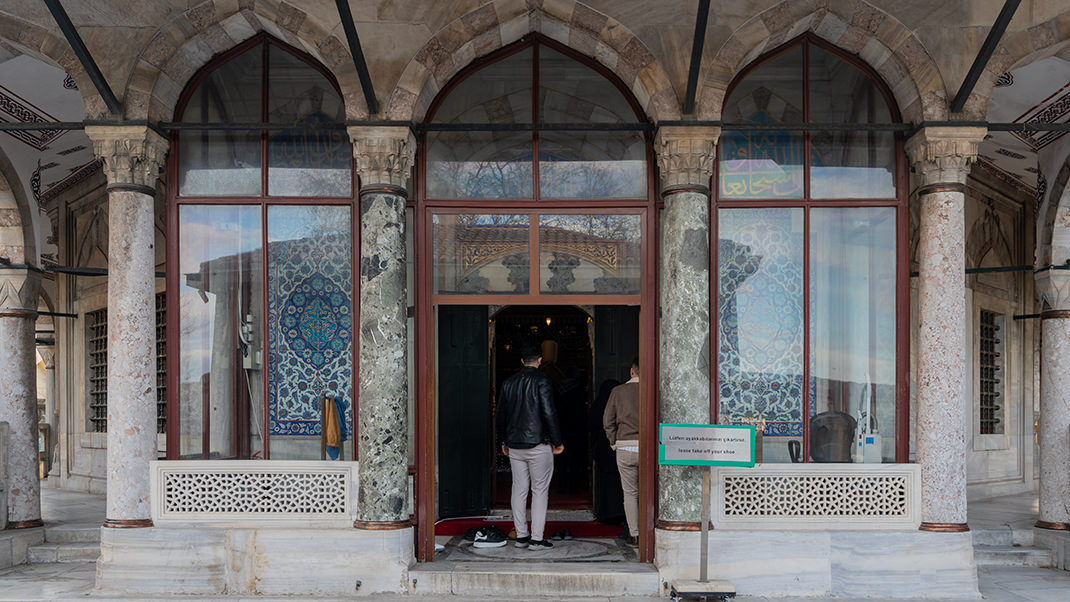
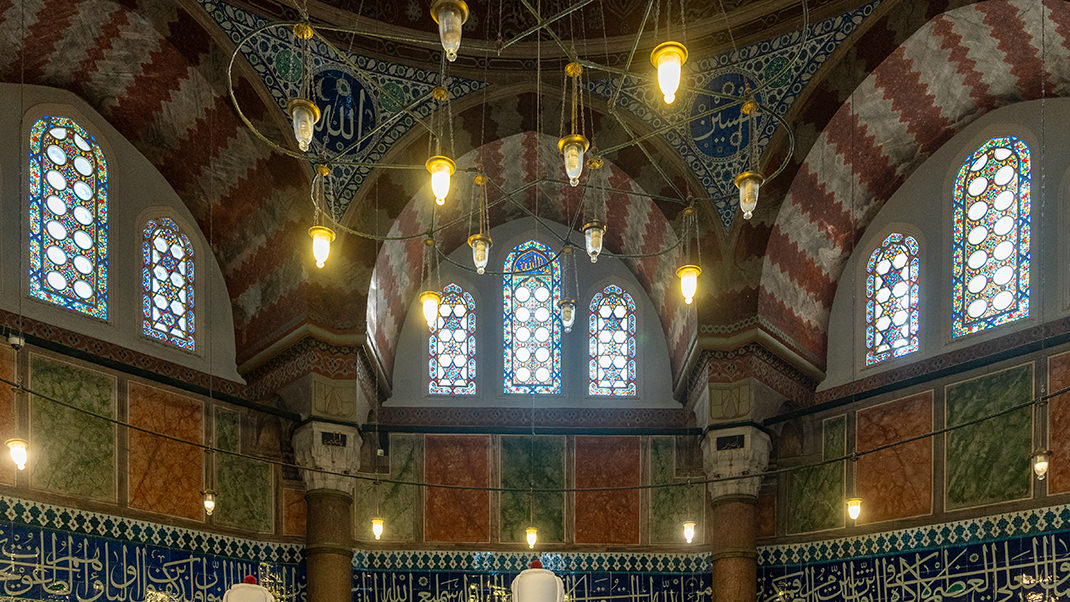
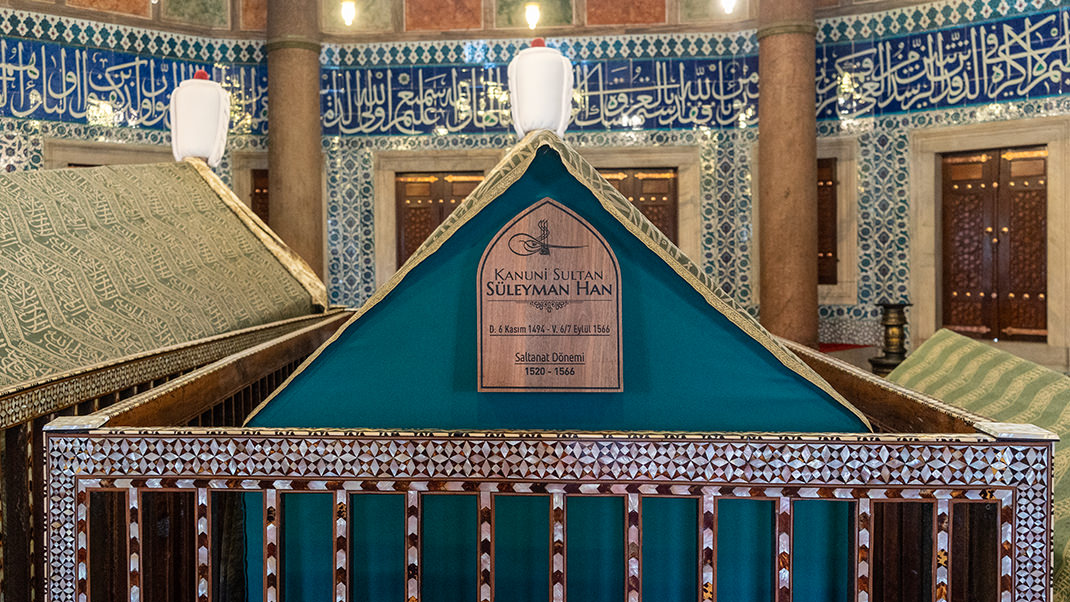
Both octagonal tombs are situated in the garden in the southeast part of the mosque complex. The chief court architect Mimar Sinan, who was responsible for constructing various buildings in the complex, including the mosque itself, undertook the construction of these tombs.
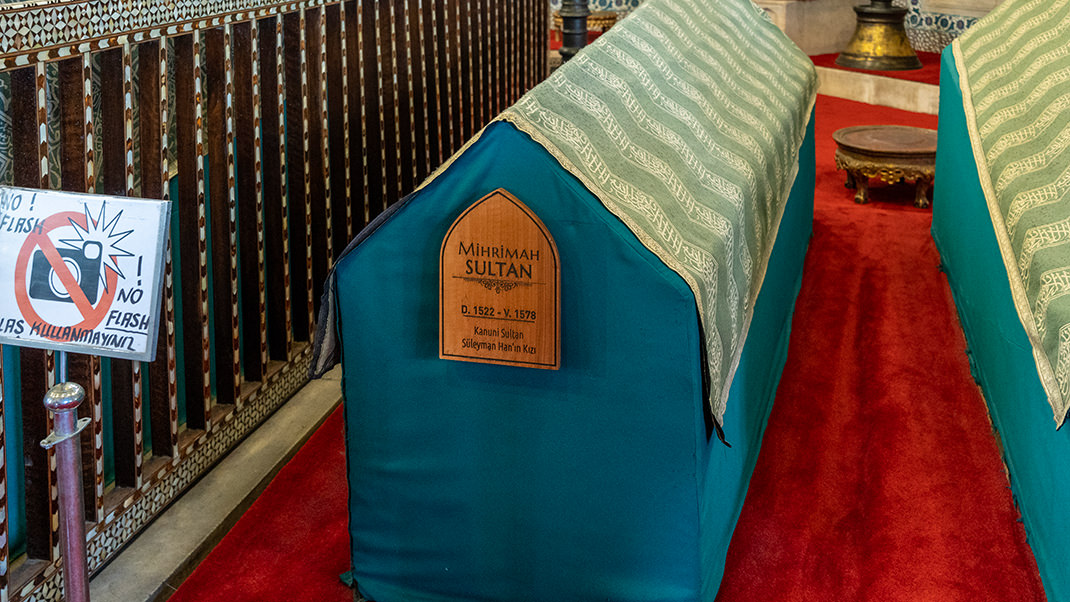
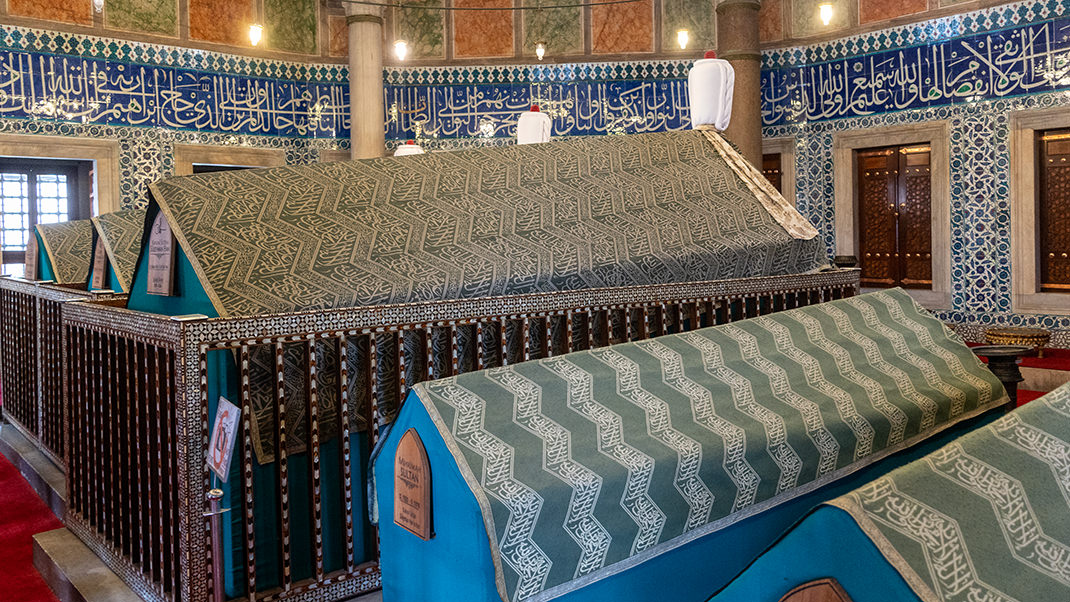
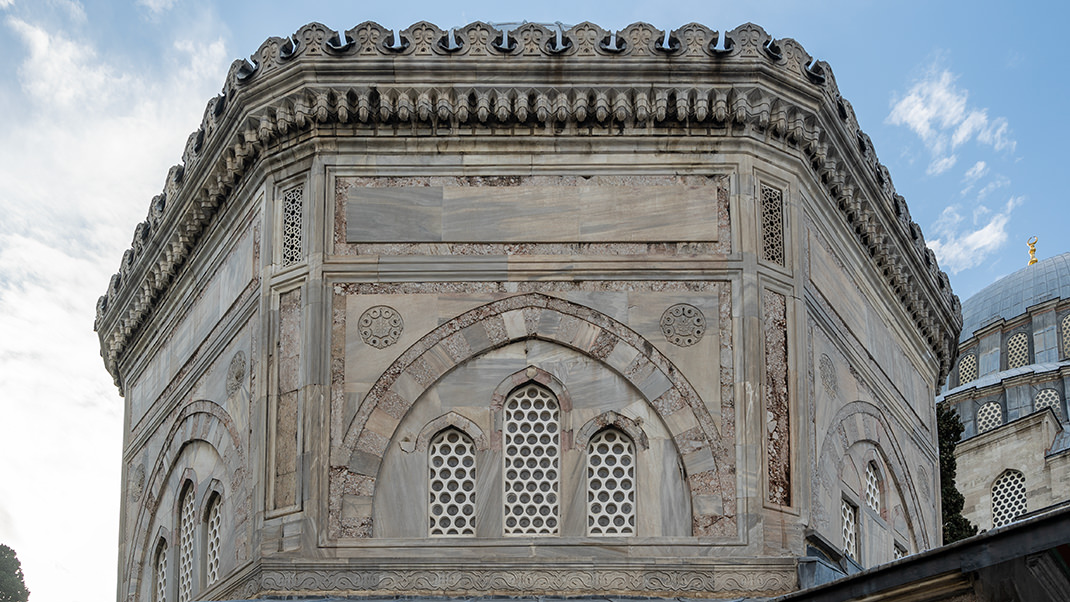
It might surprise some that the structures resembling tombs inside the buildings are above ground level. Online sources mention that traditionally, burials were performed below the floor, and a richly decorated sarcophagus was placed on top.
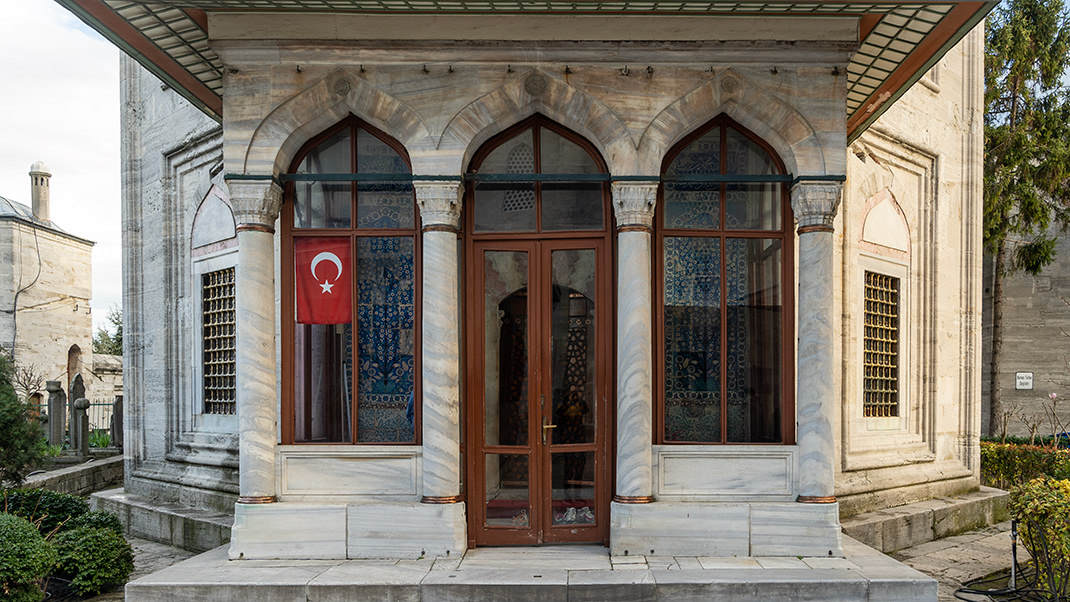
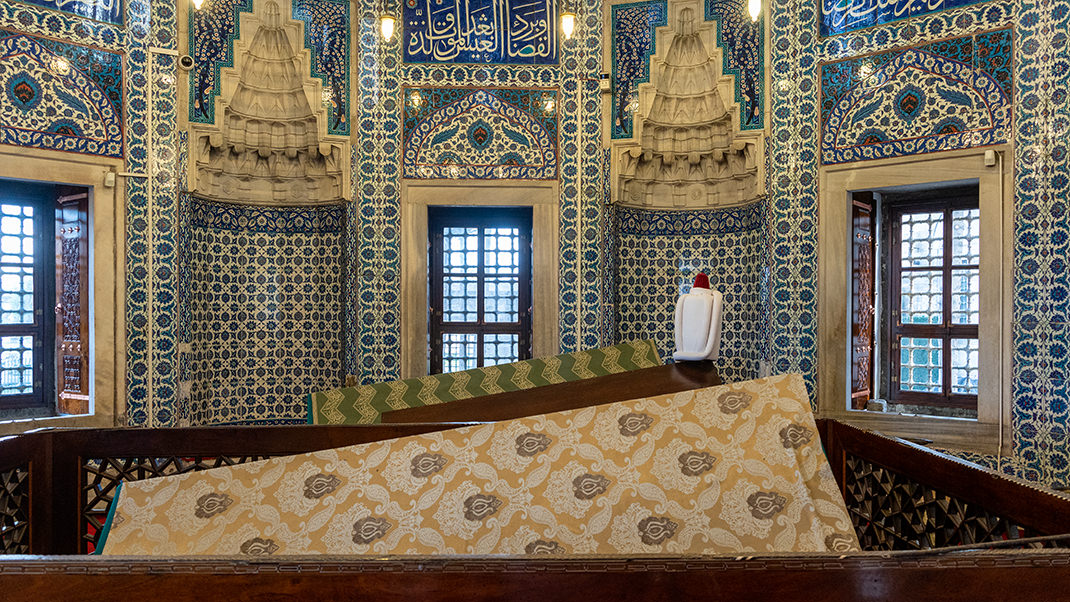
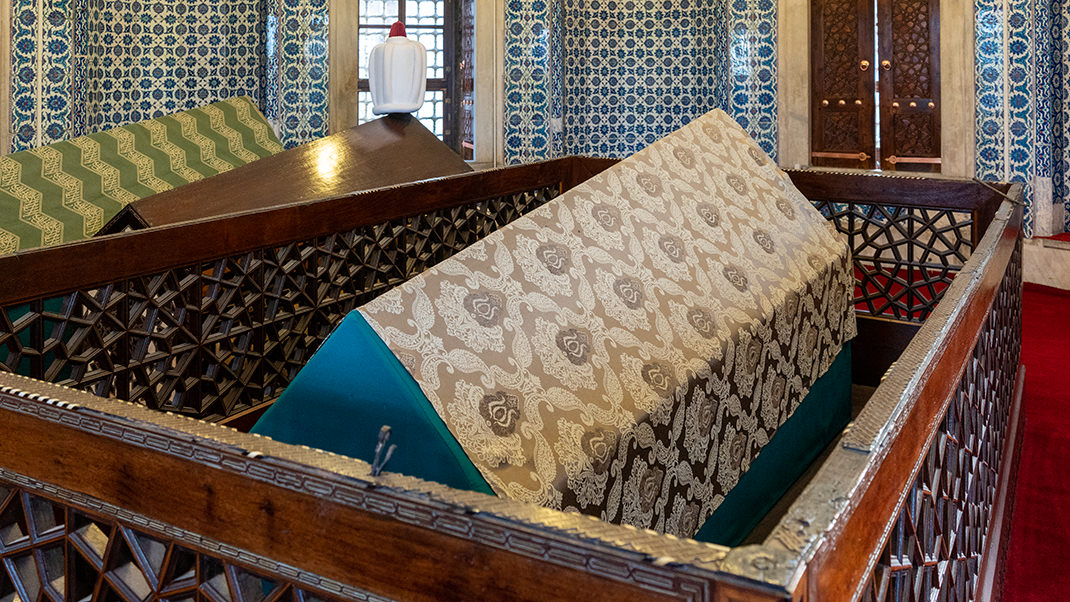
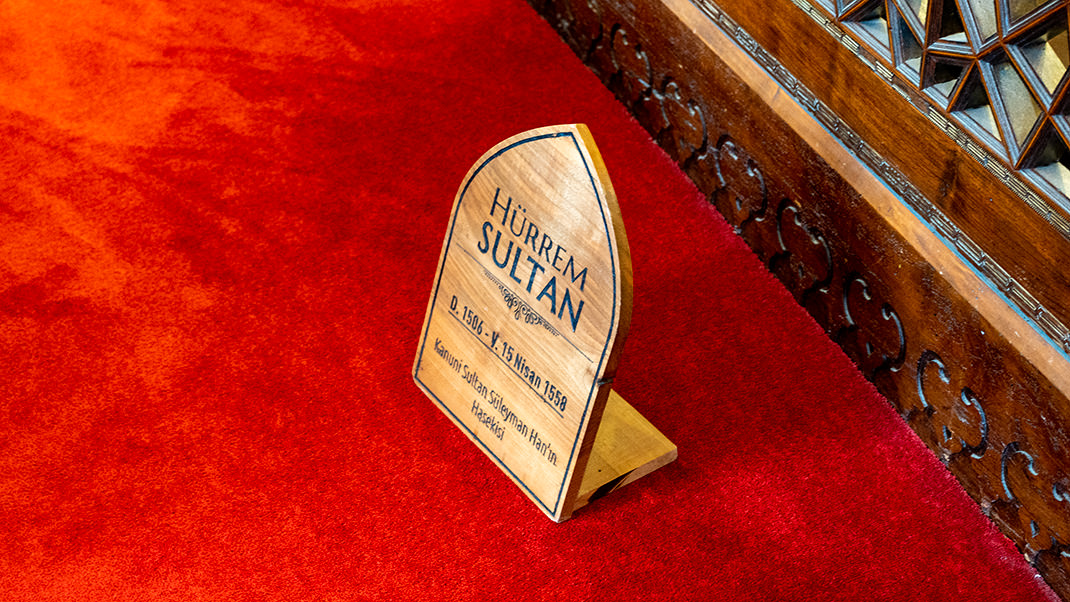
Regarding the burial procedure of the sultan himself, during my research, I came across a story that the ruler's internal organs were buried separately from his body, though I cannot confirm its accuracy.
Both mausoleums can be visited for free, and visitors are required to remove their shoes before entering. Inside the buildings, there are signs indicating that flash photography is prohibited.
Mimar Sinan's Tomb
If you exit the mosque complex through the western exit and walk along Şifahane Street towards the Golden Horn, you will encounter another landmark – the tomb of the architect Mimar Sinan, who constructed the mosque complex.
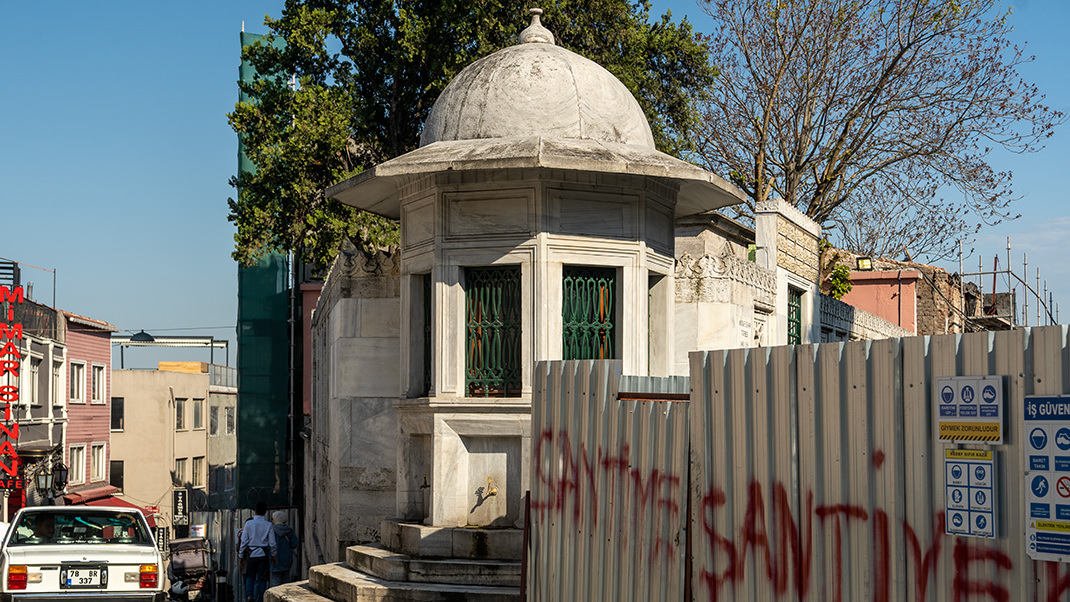
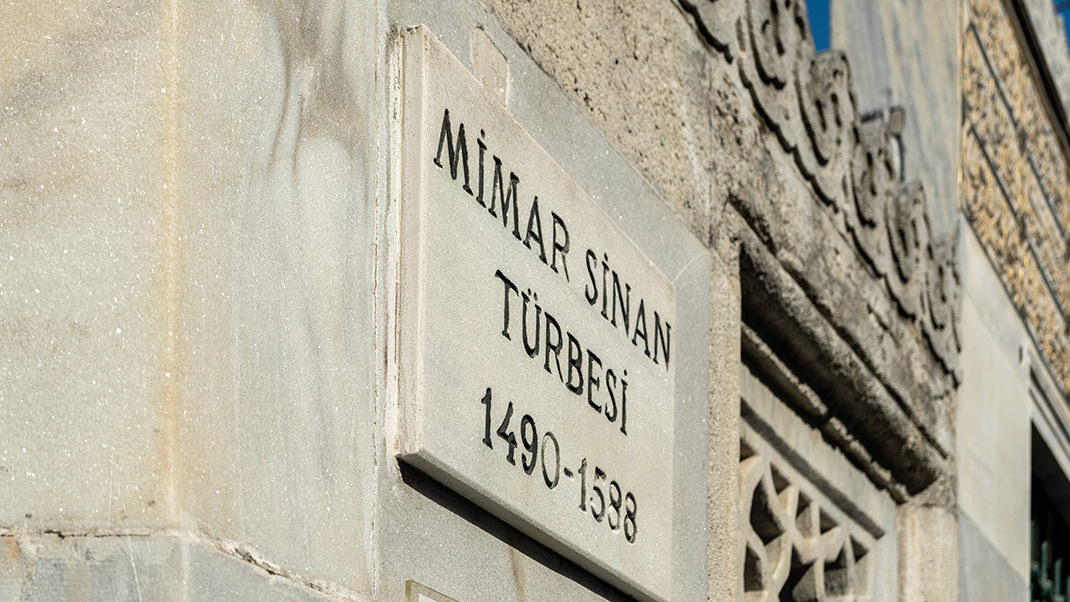
In one of the city guides, it is mentioned that the architect lived in this area for many years. Interestingly, he designed the tomb building with the garden himself. I do not know if it was ever possible to enter the complex. In the spring of 2023, when I photographed these monuments, the door next to the information sign was closed, and construction work was underway nearby.

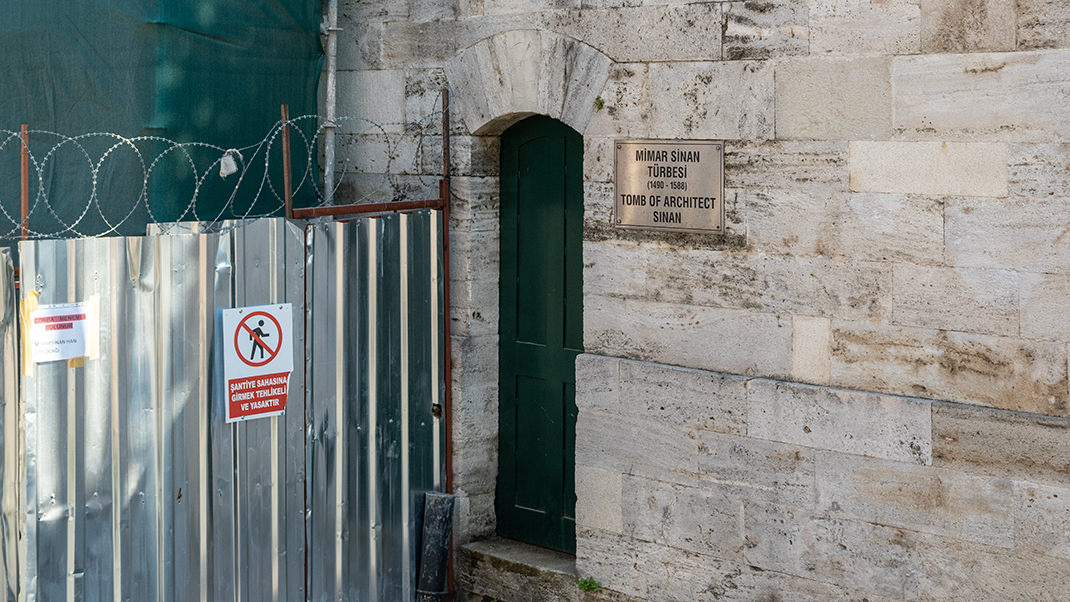
Concluding the story about the history of the Suleymaniye Mosque complex, I would like to invite you to continue exploring the history of this part of the city with me. To do this, I suggest embarking on a virtual tour of the former Monastery of the Pantokrator, located approximately 20 minutes' walk from here.
Have a nice trip!


